当前位置:网站首页>Blue Bridge Cup single chip microcomputer -- PWM pulse width modulation
Blue Bridge Cup single chip microcomputer -- PWM pulse width modulation
2022-07-05 03:21:00 【A lovely leather software】
One 、 principle
PWM The full name is Pulse width modulation (Pulse-width modulation), It is a way to reduce the average power transmitted by electrical signals by dispersing them into discrete forms . So according to Area equivalence The laws of , You can change the time width of the pulse by pair , In order to obtain the corresponding synthesis equivalently amplitude and frequency Waveform of .
The details are shown in the following figure :

It can be seen from the above figure , Pulse width modulation Use a square wave whose pulse width will be modulated , And the average value of the wave pattern will change .
The average value of the wave pattern is obviously directly related to Duty cycle D of . There are three duty cycle states in the graph ,25%,50% and 75% Duty cycle status , It's not hard to find out , Assume that the duty cycle is D( It means in a pulse cycle , Proportion of power on time relative to total time Duty Ratio), Then meet : , among T yes PWM The cycle of , Usually the same period as the carrier .
, among T yes PWM The cycle of , Usually the same period as the carrier .
utilize PWM control LED brightness :PWM It is a pulse width modulated signal , Among them “ Width ”, That is, the high-level time of the pulse .PWM Signal conditioning LED When the brightness is high , The signal frequency is constant , What changes is the time of the high level of the pulse , namely LED On time of . This kind of signal adjusting brightness is equivalent to adjusting LED The average current of , So the current will change .
Two 、 Programming
utilize PWM Pulse width signal realizes independent key pressing S7 Yes L1 Control of indicator light brightness change .
specific requirement :
1.PWM The frequency of the pulse width signal is 100Hz.
2. After the system is powered on L1 The indicator light is off .
3.L1 Indicator light yes 4 Two brightness modes , They are completely extinguished 、10% The brightness of 、50% The brightness and 90% The brightness of .
4. Press down S7 Key , Cycle switching L1 Four brightness modes of the indicator light .

First the J5 Jumper cap of 2 and 3 On the pin
#include <reg52.h>
sbit L1=P0^0;
sbit S7=P3^0;
unsigned char count=0;
unsigned char pwm=0;
void delay(unsigned int t)// The time delay function
{
while(t--);
}
void InitT0()// Timer initialization function
{
TMOD=0X01;
TH0=(65536-100)/256;
TL0=(65536-100)%256;
ET0=1;
EA=1;
}
void serviceT0() interrupt 1// Timer service function
{
TH0=(65536-100)/256;
TL0=(65536-100)%256;// The timing of each interrupt is 100μs
count++;
if(count==pwm)
{
L1=1;
}
else if(count==100)
{
L1=0;
count=0;
}
}
unsigned char flag=0;
void key()// Key related functions
{
if(S7==0)
{
delay(100);// Anti shake treatment
if(S7==0)
{
switch(flag)
{
case 0:L1=0;TR0=1;pwm=10;flag=1;break;
case 1:pwm=50;flag=2;break;
case 2:pwm=90;flag=3;break;
case 3:L1=1;TR0=0;flag=0;break;
}
while(S7==0);// Avoid touching by mistake
}
}
}
void main()
{
P2=0xA0;P0=0x00;P2=0x80;P0=0xff;// Turn off the peripherals
P2=0x80;L1=1;
InitT0();
while(1)
{
key();
}
}边栏推荐
- 单项框 复选框
- Azkaban overview
- Elk log analysis system
- How can we truncate the float64 type to a specific precision- How can we truncate float64 type to a particular precision?
- Azkaban实战
- Why is this an undefined behavior- Why is this an undefined behavior?
- Une question est de savoir si Flink SQL CDC peut définir le parallélisme. Si le parallélisme est supérieur à 1, il y aura un problème d'ordre?
- Design and implementation of high availability website architecture
- Monitoring web performance with performance
- Single box check box
猜你喜欢

Logstash、Fluentd、Fluent Bit、Vector? How to choose the appropriate open source log collector

Qrcode: generate QR code from text

TCP security of network security foundation

Hot knowledge of multithreading (I): introduction to ThreadLocal and underlying principles
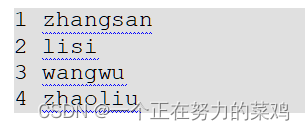
Flume configuration 4 - customize mysqlsource
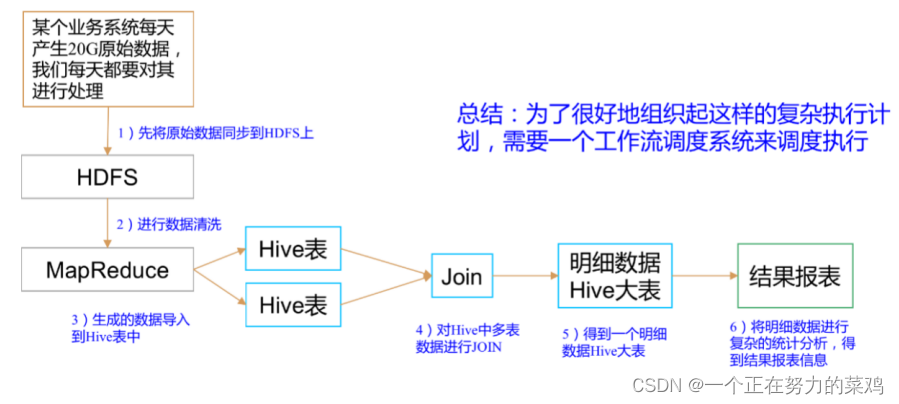
Azkaban overview
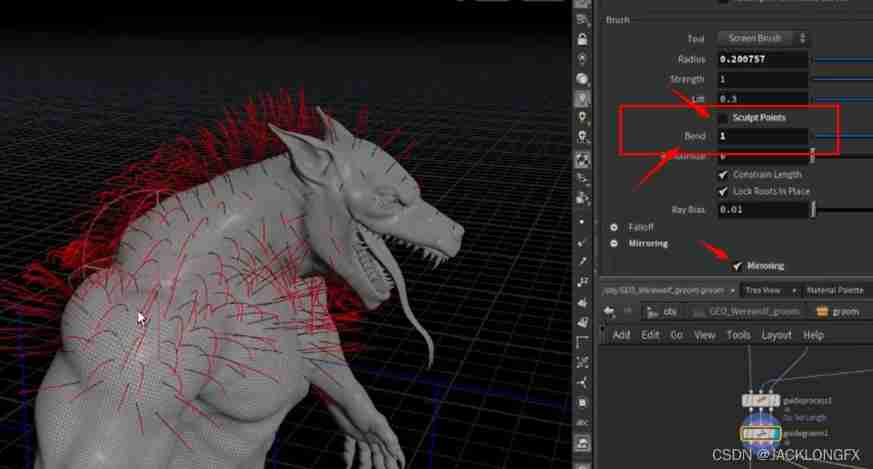
Master Fur
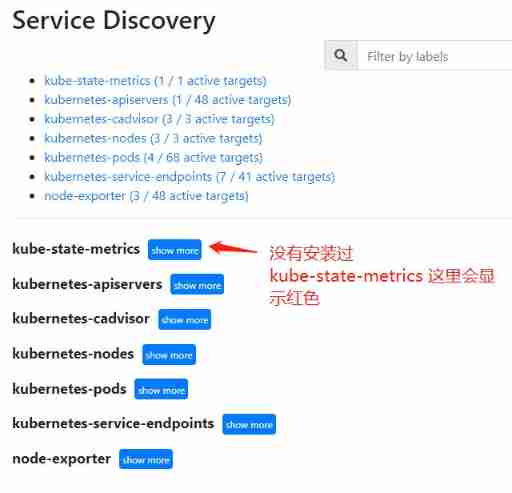
Design and practice of kubernetes cluster and application monitoring scheme

2021 Li Hongyi machine learning (3): what if neural network training fails
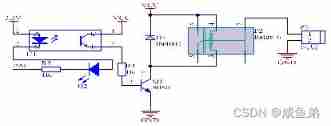
Design of kindergarten real-time monitoring and control system
随机推荐
Linux安装Redis
Devtools的简单使用
单项框 复选框
How to make OS X read bash_ Profile instead of Profile file - how to make OS X to read bash_ profile not . profile file
Acwing第 58 场周赛【完结】
LeetCode146. LRU cache
Moco V2 literature research [self supervised learning]
Jd.com 2: how to prevent oversold in the deduction process of commodity inventory?
[micro service SCG] 33 usages of filters
el-select,el-option下拉选择框
In MySQL Association query, the foreign key is null. What if the data cannot be found?
Apache build web host
Idea inheritance relationship
IPv6 experiment
2. Common request methods
2021 Li Hongyi machine learning (3): what if neural network training fails
How can we truncate the float64 type to a specific precision- How can we truncate float64 type to a particular precision?
Single box check box
Azkaban安装部署
Utilisation simple de devtools